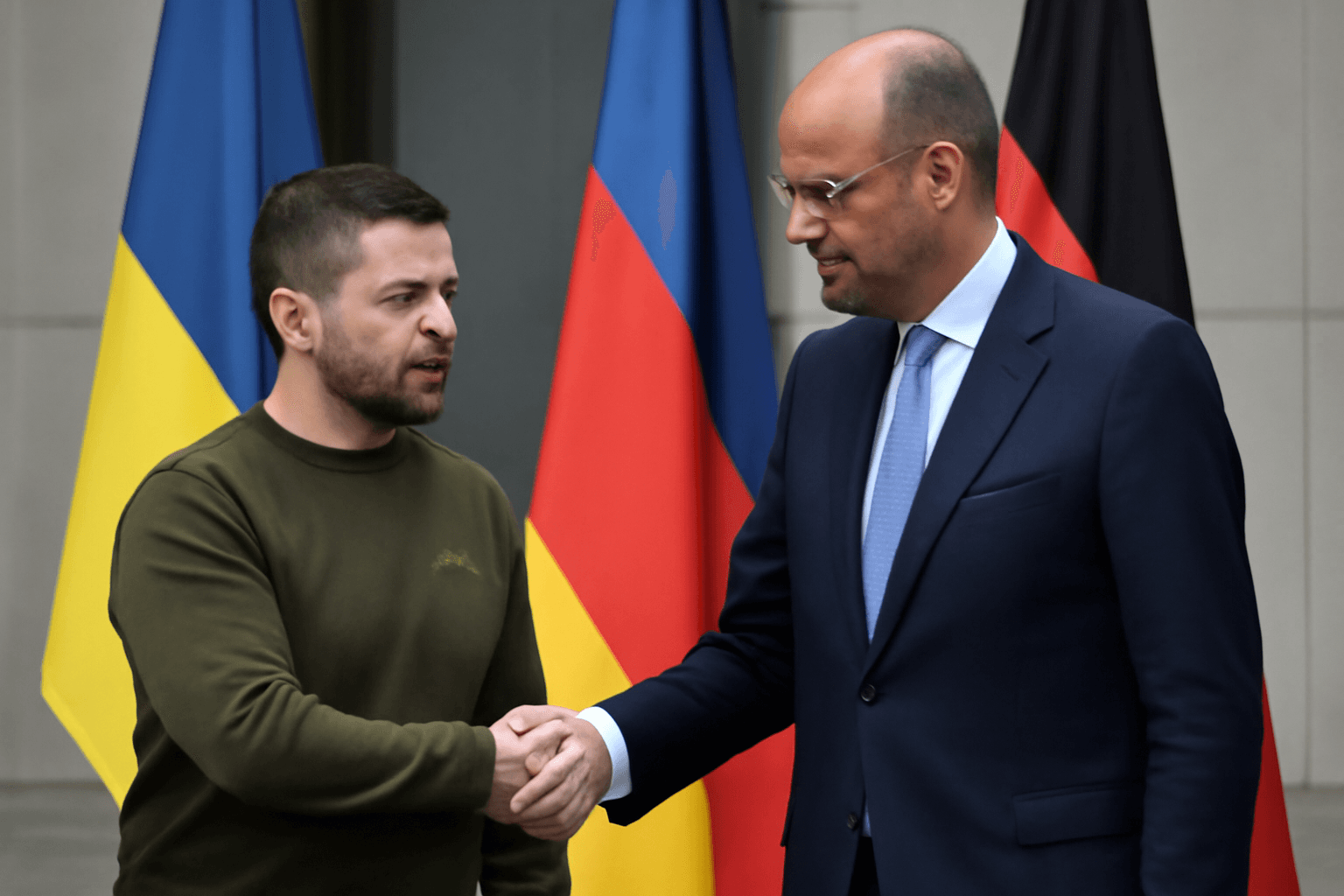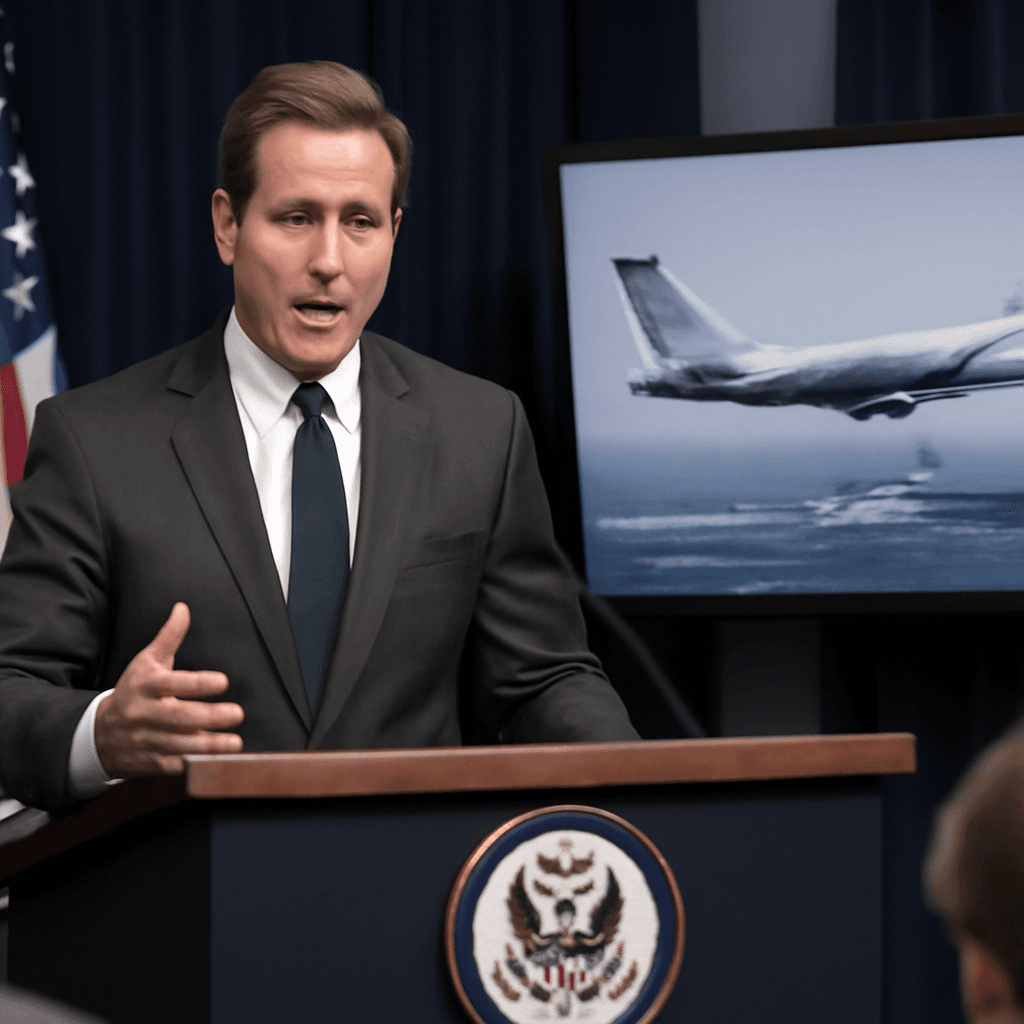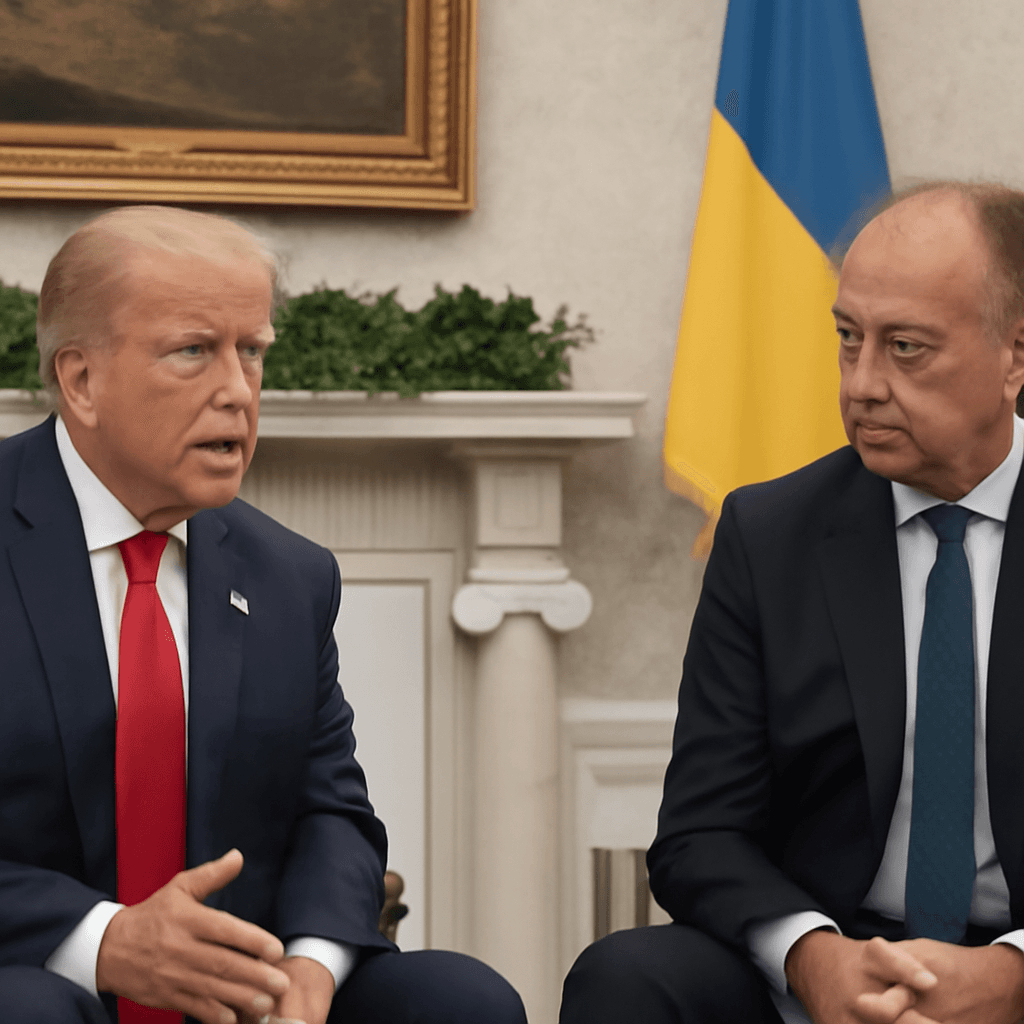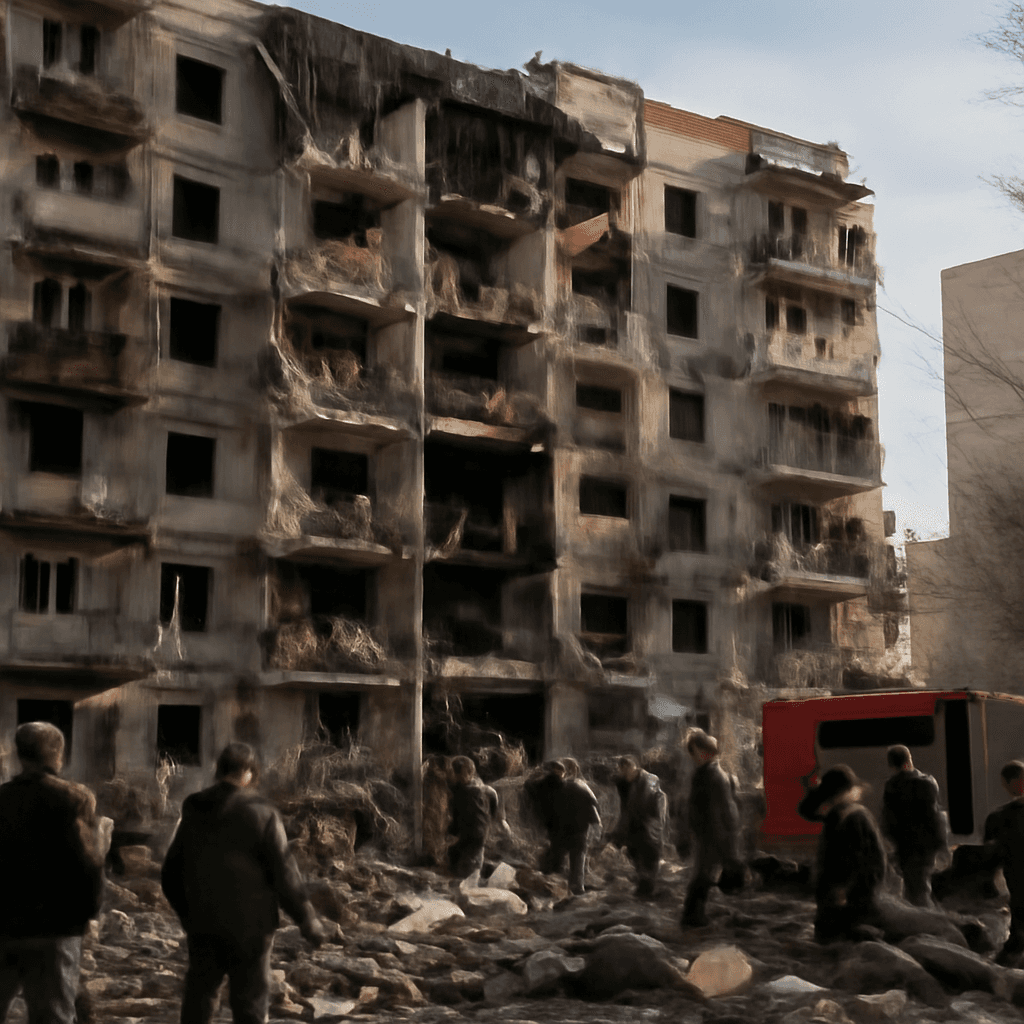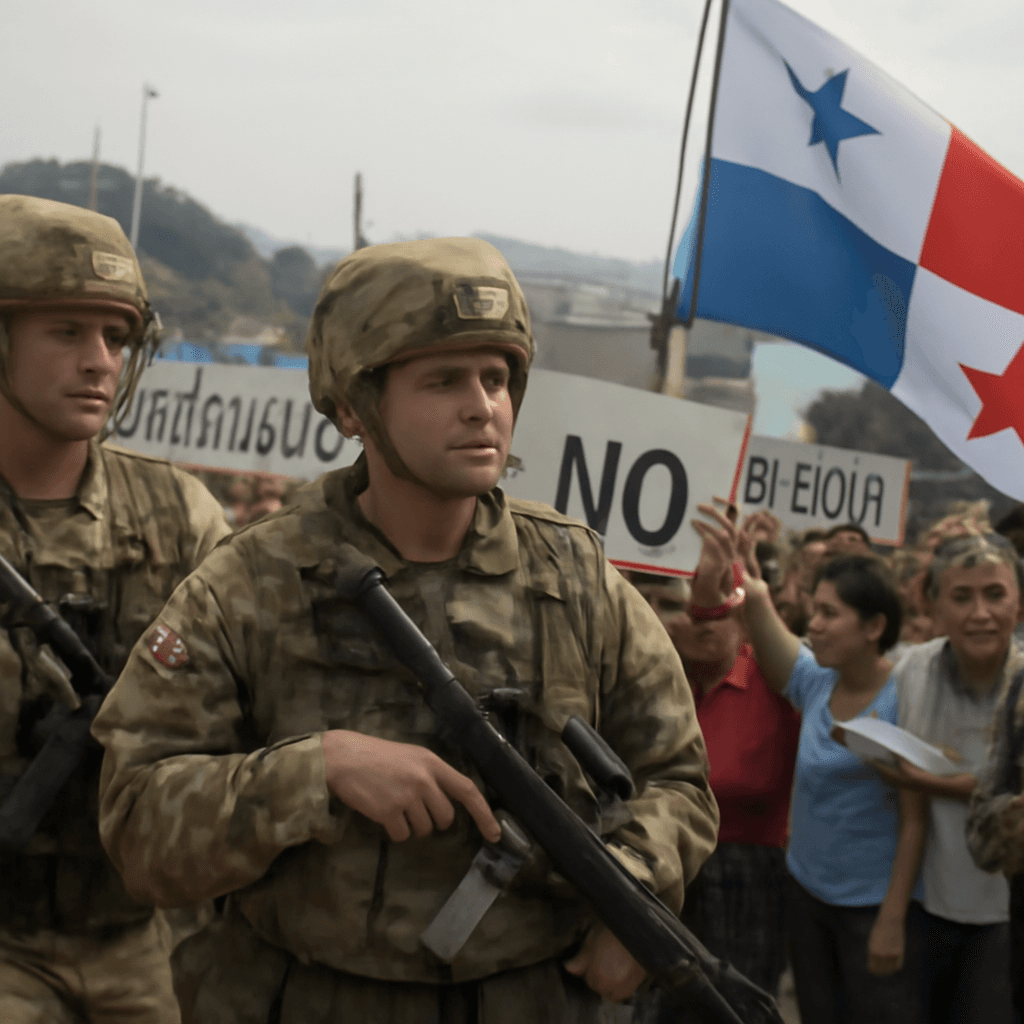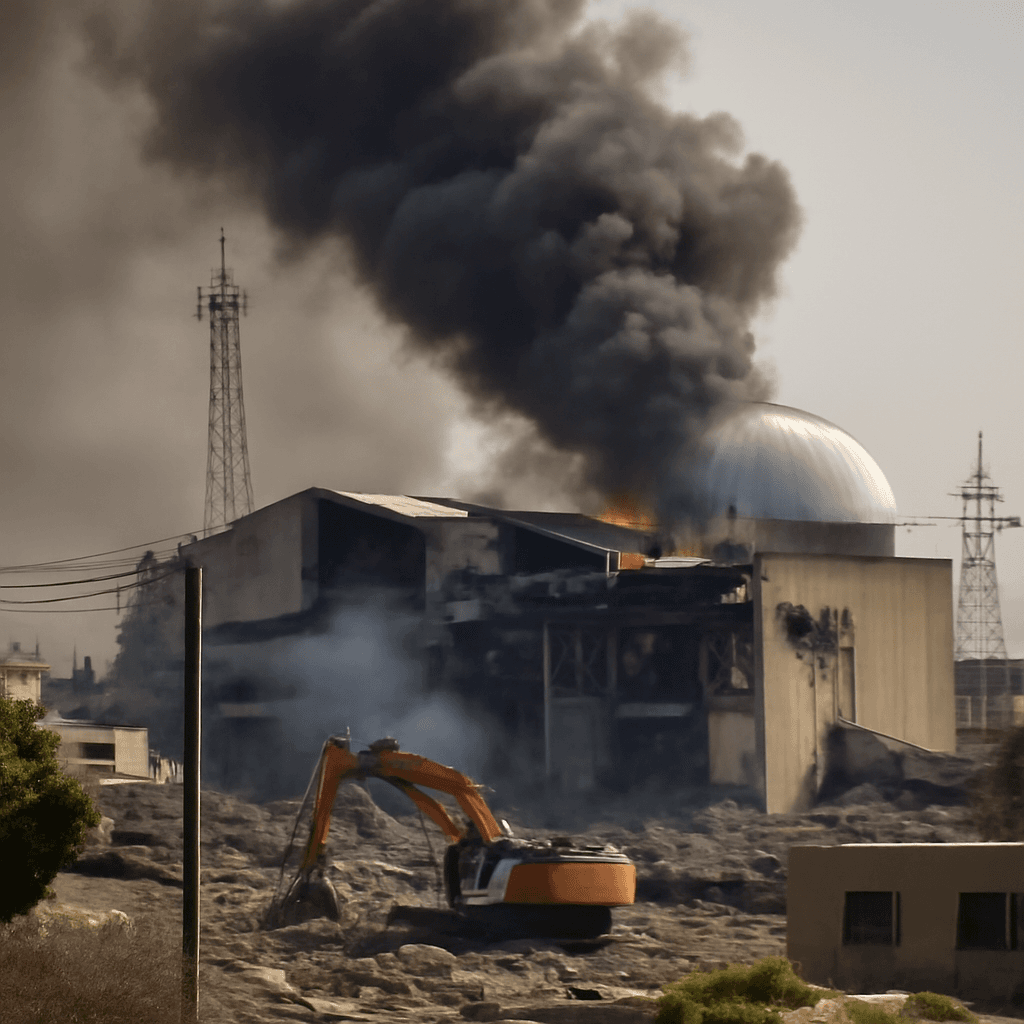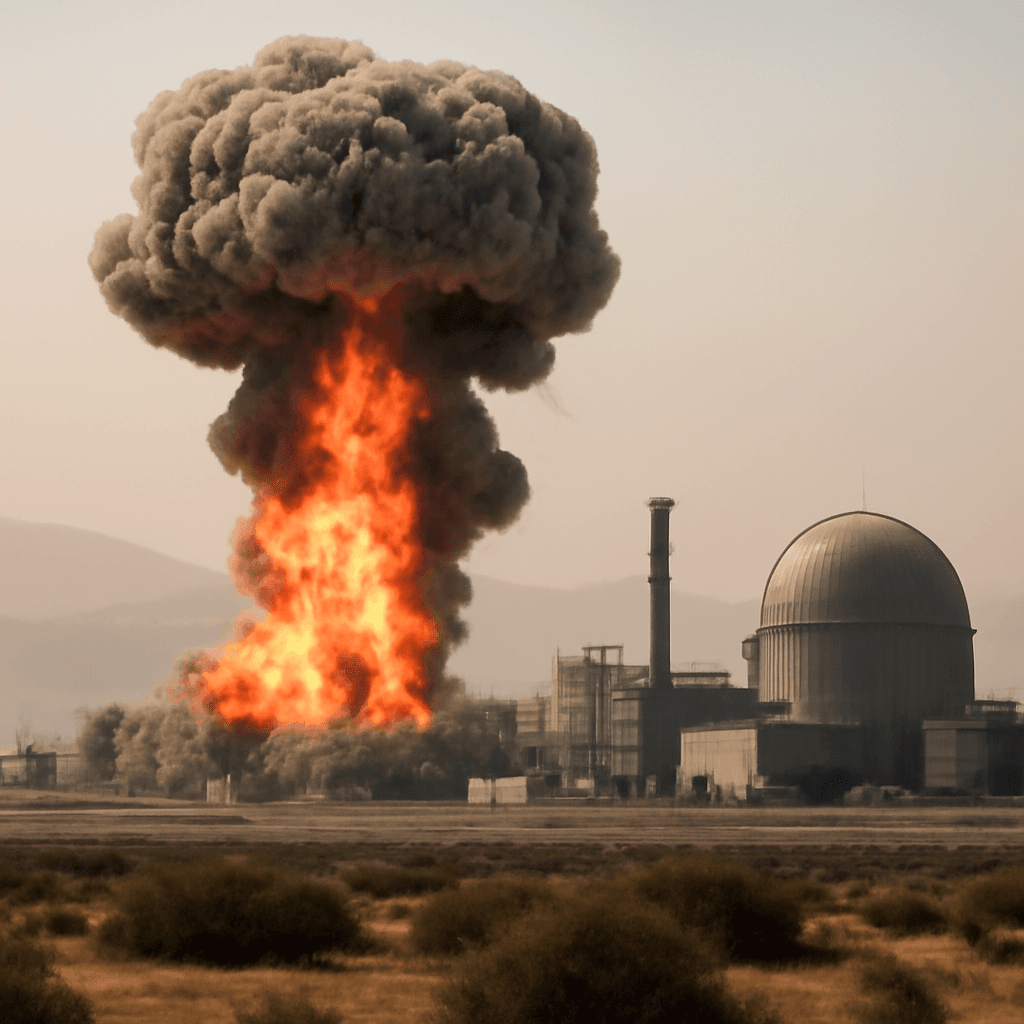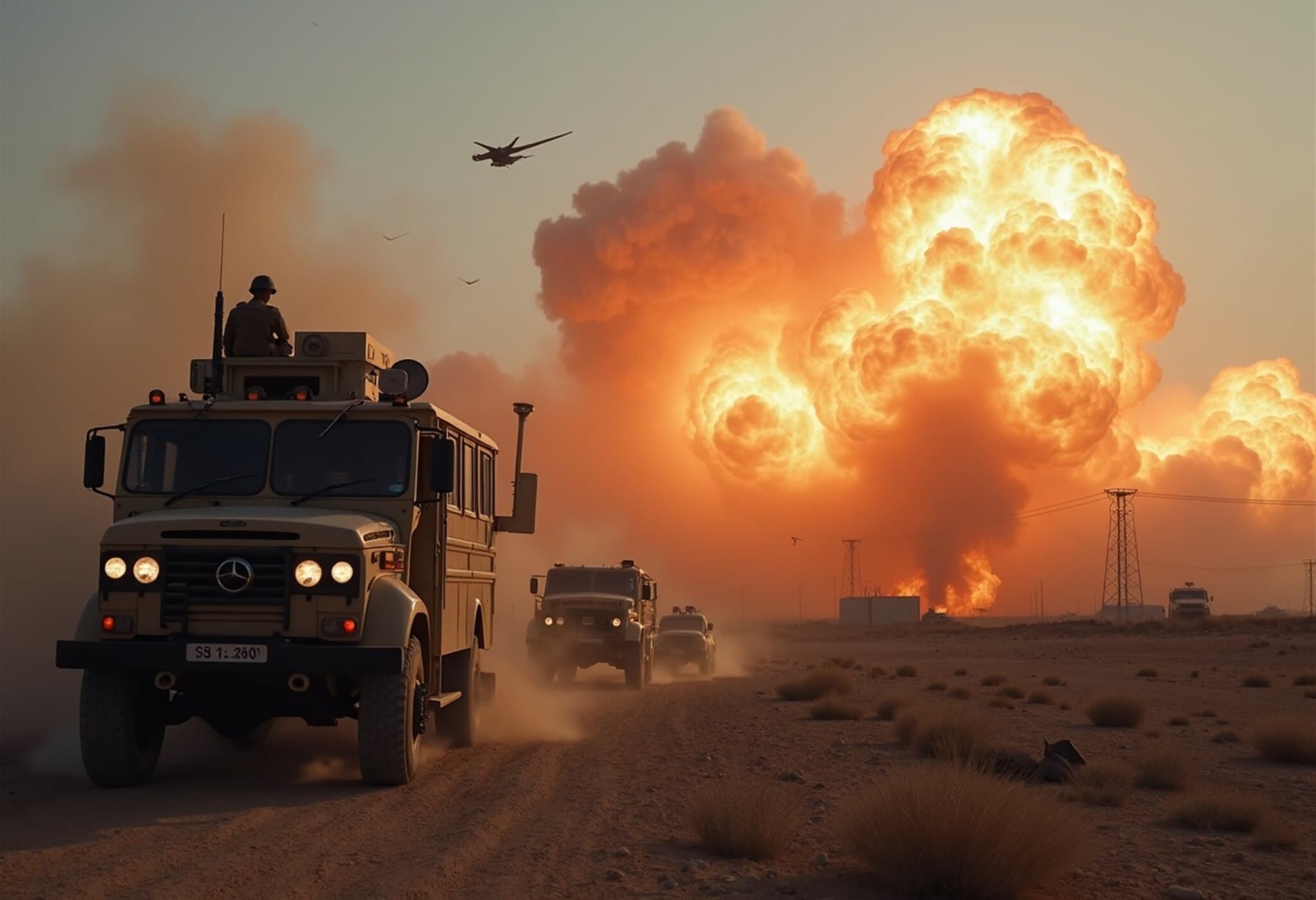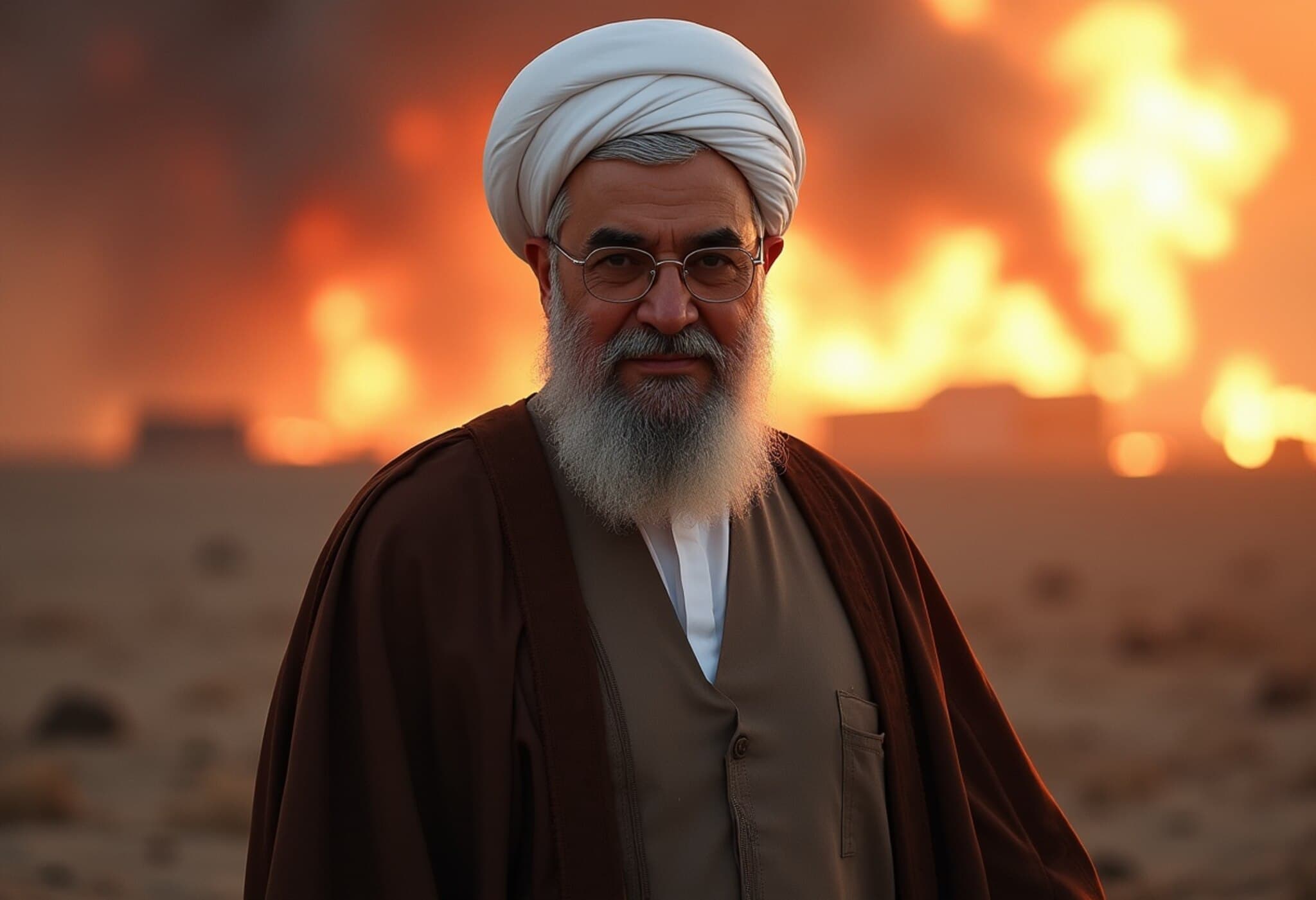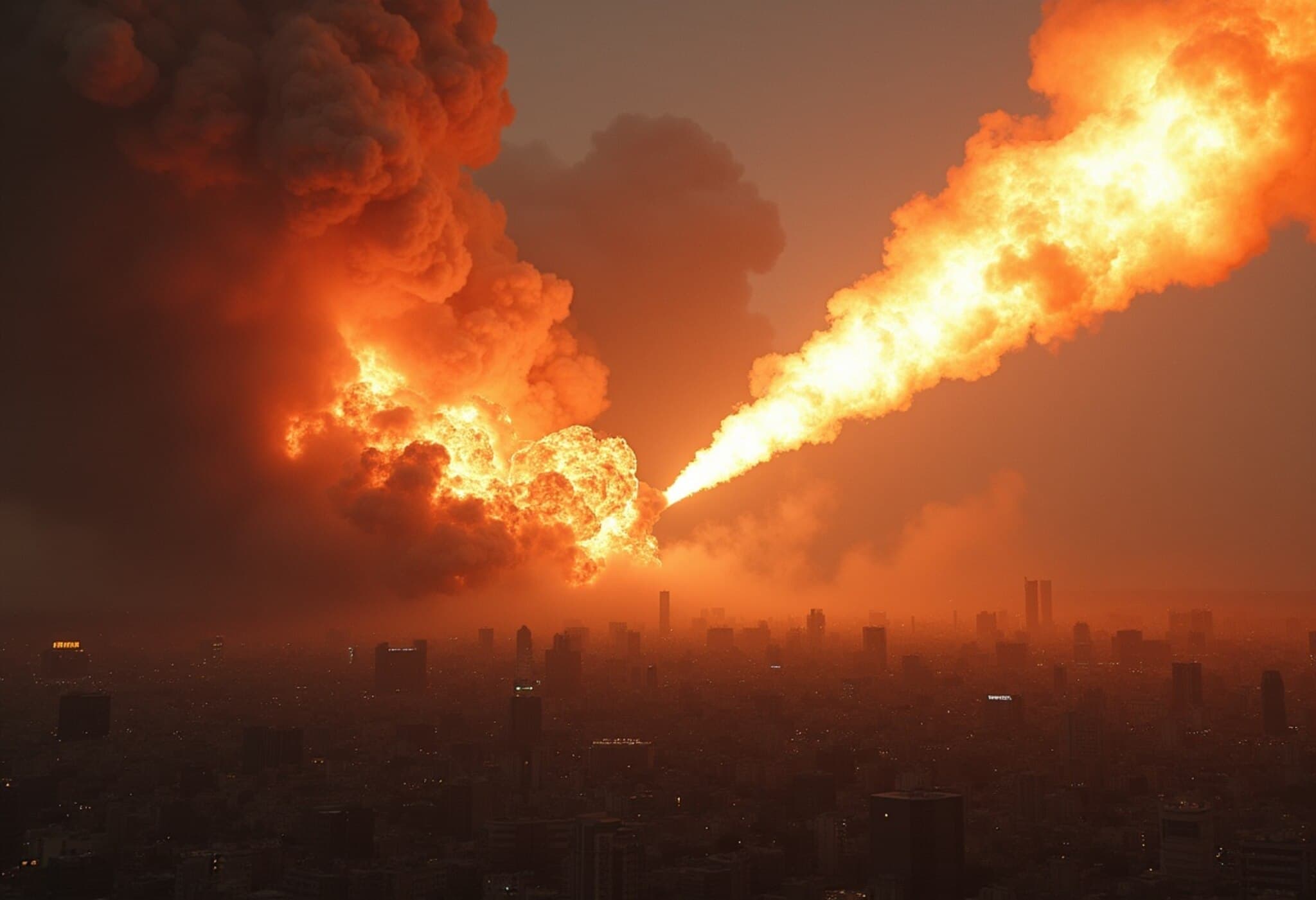US Declares No Intent for War Following Strikes on Iranian Nuclear Facilities
In a clear statement from the Pentagon, the United States emphasized that it is not seeking war with Iran, even after conducting surprise airstrikes targeting three Iranian nuclear sites. The operation, named "Operation Midnight Hammer," took place overnight and involved advanced decoy tactics, encountering no resistance from Iranian forces.
Details of the Operation and Statements from Officials
Defense Secretary Pete Hegseth, speaking at a Pentagon press briefing, stressed that the mission was not aimed at regime change, but rather focused exclusively on curbing Iran's nuclear capabilities. Air Force General Dan Caine, the Chairman of the Joint Chiefs of Staff, confirmed that the targeted facilities in Fordo, Natanz, and Isfahan sustained severe damage.
"Initial assessments indicate that all three sites were severely damaged and rendered inoperable," General Caine noted, adding that a comprehensive evaluation of battle damage would take more time.
Vice President Highlights Opportunity for Renewed Diplomacy
During a television interview, Vice President JD Vance expressed confidence that the strikes have significantly delayed Iran’s nuclear weapon development, potentially for many years. He underscored that the United States had pursued negotiations aggressively but deemed Iran’s stance insincere.
"This operation opens a window to reset relations and negotiations," Vance explained. "If Iran is willing to renounce threatening its neighbors and the US, we are ready to engage constructively." He suggested that Washington remains open to a long-term peaceful resolution should Tehran abandon its nuclear ambitions.
International Reactions and Rising Tensions
Globally, the strikes have stoked unease about escalating tensions across the Middle East, especially amid the ongoing conflict involving Israel and Iran. Iran strongly condemned the attack as a breach of sovereignty and international law. Iranian Foreign Minister Abbas Araghchi warned that Washington bears full responsibility for Tehran’s potential response, emphasizing that a "red line" had been crossed.
Both Russia and China criticized the US action, while Turkey raised concerns about the conflict possibly expanding beyond the Middle East.
US Strategic Execution: Decoys, Stealth, and Timing
General Caine revealed that Iran’s air defenses remained inactive during the strikes. Iranian fighter jets did not engage, and surface-to-air missile systems failed to detect the US operation. To mislead Tehran, the US moved multiple B-2 bombers from Missouri as decoys ahead of the attack and deployed fighter jets to safeguard the bombers responsible for dropping 14 bunker-buster bombs on the Fordo site.
The strikes occurred between 6:40 PM and 7:05 PM Eastern Time on Saturday, coinciding with early morning hours in Iran, resulting in precise and effective execution without direct confrontation.
President’s Timeline and Diplomatic Context
Secretary Hegseth also noted that the timing aligned with a 60-day deadline set by President Donald Trump for negotiations with Iran, emphasizing that if Iran did not engage in good faith, the US intended to prevent the advancement of their nuclear program.
Although the White House had previously indicated a possible two-week window to decide on striking, the success of the mission owes partially to Iran’s compromised air defense capabilities.
Conclusion
While the airstrikes have undeniably ratcheted up geopolitical tensions, US officials continue to underscore their commitment to avoiding war and hope the damage inflicted on Iran’s nuclear facilities will foster renewed diplomatic efforts. The situation remains fluid as global powers watch closely, wary of further escalation but encouraged by the US’s call for renewed dialogue.



